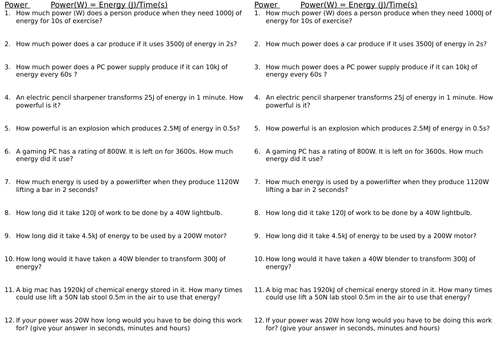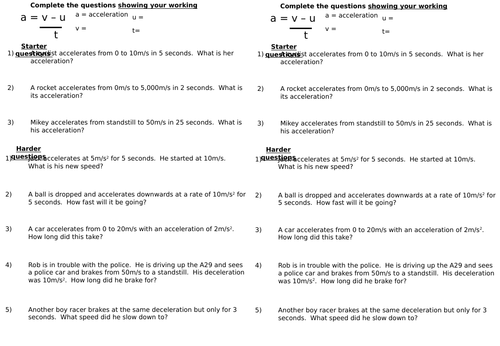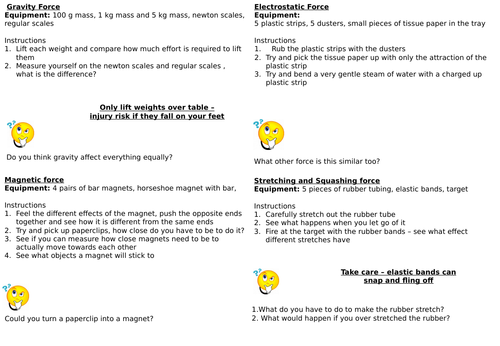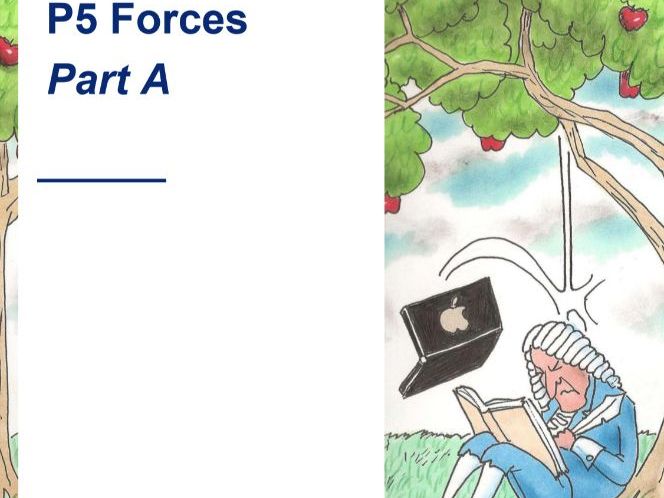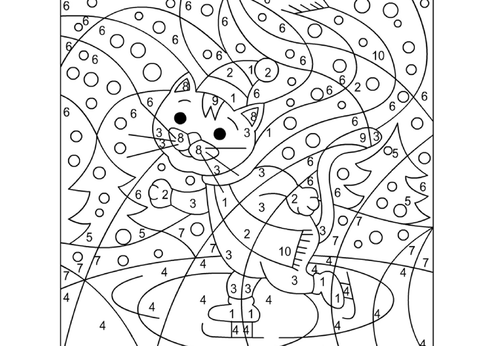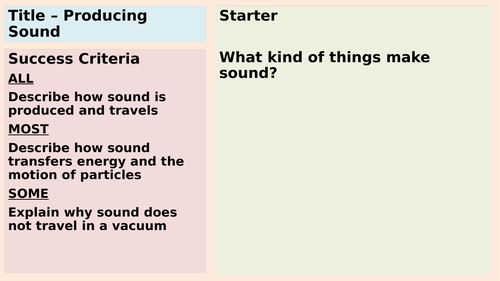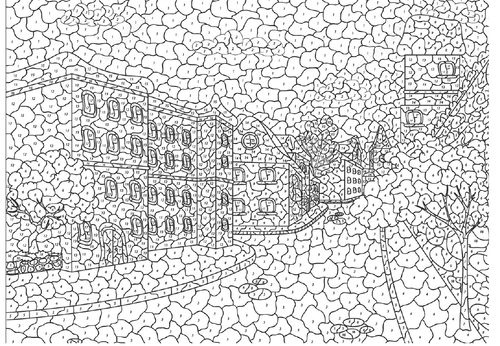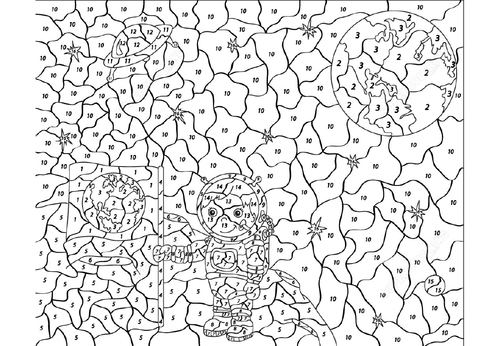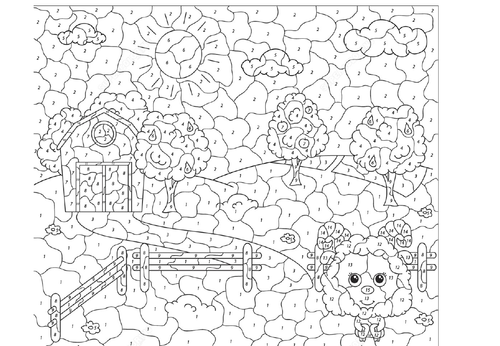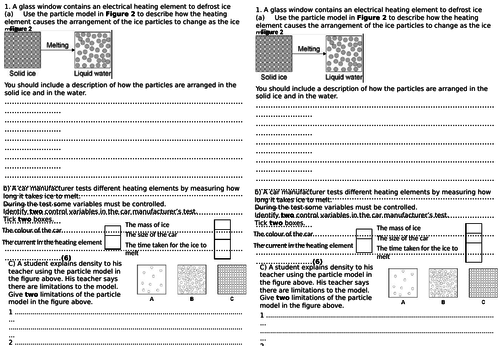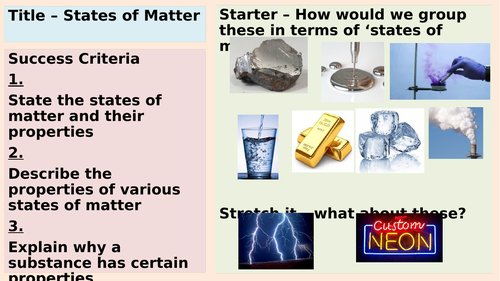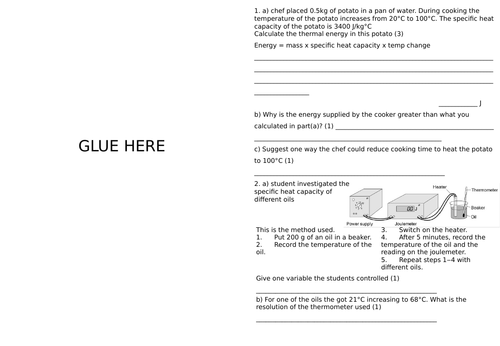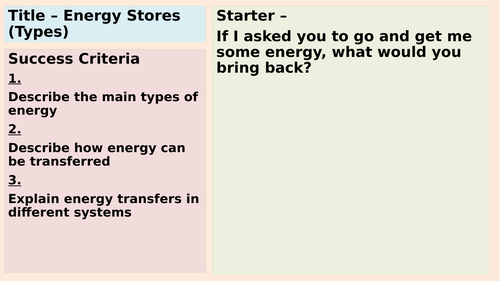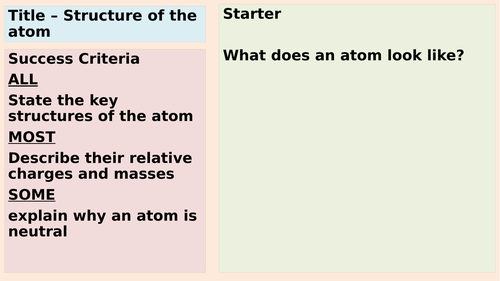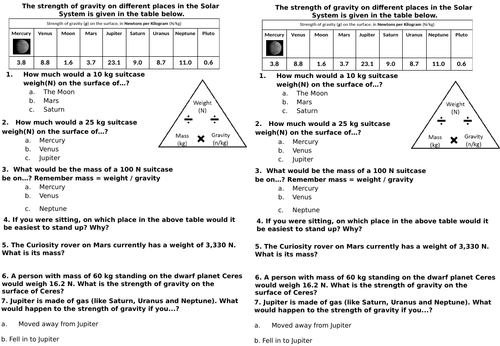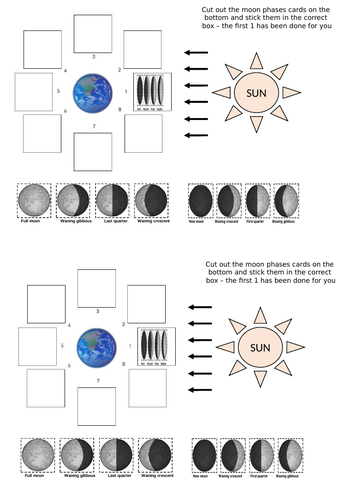
101Uploads
46k+Views
35k+Downloads
Physics

AQA GCSE - Power (for energy and forces)
A lesson with accompanying worksheet looking at power. This is aimed mostly at covering power in forces and energy with reference to work done , rather than to do with electricity specifically.
Includes practical about working out your own power by running up stairs. answers to questions included in powerpoint

AQA - Stopping Distances
A GCSE lesson looking at factors affecting stopping distances and touching on braking force (linking to F=ma work)
includes worksheet for reaction times and comparison with other data and exam questions with answers on the lesson powerpoint. The exam questions includes a nice suvat rearranging question for the higher ability.

AQA Acceleration, Uniform acceleration and free fall (two lessons)
Lesson 1 - looking at acceleration and acceleration due to gravity. Working out acceleration due to gravity via a free fall practical (explanation in lesson) - including practice of calculating acceleration with exam questions
Lesson 2 - calculating acceleration from real life examples. Velocity in a circle. Example questions

Types of Force
Lesson where students look at the basics of forces and complete a forces circus to investigate the effects of some examples. Students learn to categorize forces as contact or non-contact.

Home Learning - KS4 Physics -AQA - Forces part A
Part 1 of 3 complete workbook taking students through P5 Forces module of physics for AQA. This includes all content for, foundation, higher and seperate science students.
It has been designed in a textbook style with information followed by follow up questions and activities.
Part B to be released soon.

KS3 Frequency and Amplitude from sound and light scheme
This is the lesson on identifying frequency and amplitude in waveforms from my sound and light module. If you like this lesson consider looking at the whole scheme.
The lesson looks at drawing waveforms, examples, how to identify the frequency and amplitude and how it relates to hearing.
Full scheme found here https://www.tes.com/teaching-resource/ks3-sound-and-light-full-scheme-of-work-resources-12263056

KS3 Sound and Light Full Scheme of work resources
A full scheme of work for KS3 sound and light. Contains resources for all the lessons needed to cover this scheme.
Lessons
Light
light interactions
reflection
refraction
colour
colour filters
eye
Sounds
producing sound
speed of sound
frequency and amplitude (lesson available for free) so not in this bundle
hearing
echos and ultrasound
revision resources

Science Christmas Colour by Numbers
a selection of colour by numbers for science and end of the year. Asks questions which students in the year groups are likely to have come across.

KS4 Atomic Physics (Radiation) colour by numbers (AQA)
A colour by numbers sheet where students must answer questions on the radiation portion of the atomic physics module for AQA. Suitable for most ability groups.

KS4 Electricity Colour By Numbers
Colour by numbers sheet in which students must answer questions based on the electricity module for Physics to get correct colour. Suitable for lower ability groups.

KS4 Forces colour by numbers
A colour by numbers sheet in which students answer questions on forces to find the right colours. Suitable for lower ability groups.

AQA Changes of State (two lessons)
AQA Changes of state, two lesson looking at how matter changes shape, identifying key terminology. Includes worksheet for practical where students attempt to find the melting point of stearic acid . Also includes exam questions with answers on powerpoint.

AQA States of Matter
Lesson for states of matter (AQA) introducing solids, liquids and gases properties and nailing down the key terms for this module and in exams

Specific heat capacity (3-4 lessons)
Three lessons covering everything for the AQA specific heat capacity required practical
Lesson 1 - a look at the theory of specific heat capacity with some example questions for students to have a go at on sheet
Lesson 2 - the practical itself with a guidance sheet to assist with working out the specific heat capacity. Sheet is especially helpful to scaffold students with working out the power and then the energy in the absence of a joulemeter for practical
Lesson 3 - a review of the practical including exam questions covering this and relevant science skills. Answers in detail on powerpoint for you to go through with students
This can be a faff for specialists and non specialists so I hope this helps you.

AQA Energy stores and Pathways (two lessons, updated for latest spec)
Two lessons for energy stores and pathways.
Lesson one looks at the different types of energy store. Students work on identifying them and complete card sort activity checking understanding.
Lesson 2 recaps stores and introduces pathways. Tasks include a worksheet where students must identify the stores involved in an energy change and the pathway it takes.

AQA GCSE Structure of the Atom
A lesson looking at the structure of the atom, each sub atomic particle, what the atomic number and mass number refer to and how we can tell the number of each sub atomic particle. It has been split into two lesson but could be condensed to one by taking some activities out. It is used mainly for the radioactivity work for AQA GCSE Physics but would also work for Chemistry (The Periodic Table)

KS3 Space Colour by Numbers Revision
A colour by numbers activity which reviews the basic content for KS3 space work
Answers to questions on the back indicate the colour students should use to fill in the picture

Mass and Weight
This lesson is suitable for KS3 or KS4 combined science. It looks at what gravity is and the relationship between mass and weight. It includes worksheet for working out mass, weight and gravity - this is differentiated with two versions, one being more scaffolded and the other having harder questions towards the end

KS3 Planets and moons - including phases of the moon
Lesson for KS3 space - looks at what is meant by a moon. Activity ask students too see how many moons each planet needs. Also looks at the phases of the moon and why we can see different parts at different times. This has an accompanying worksheet.

